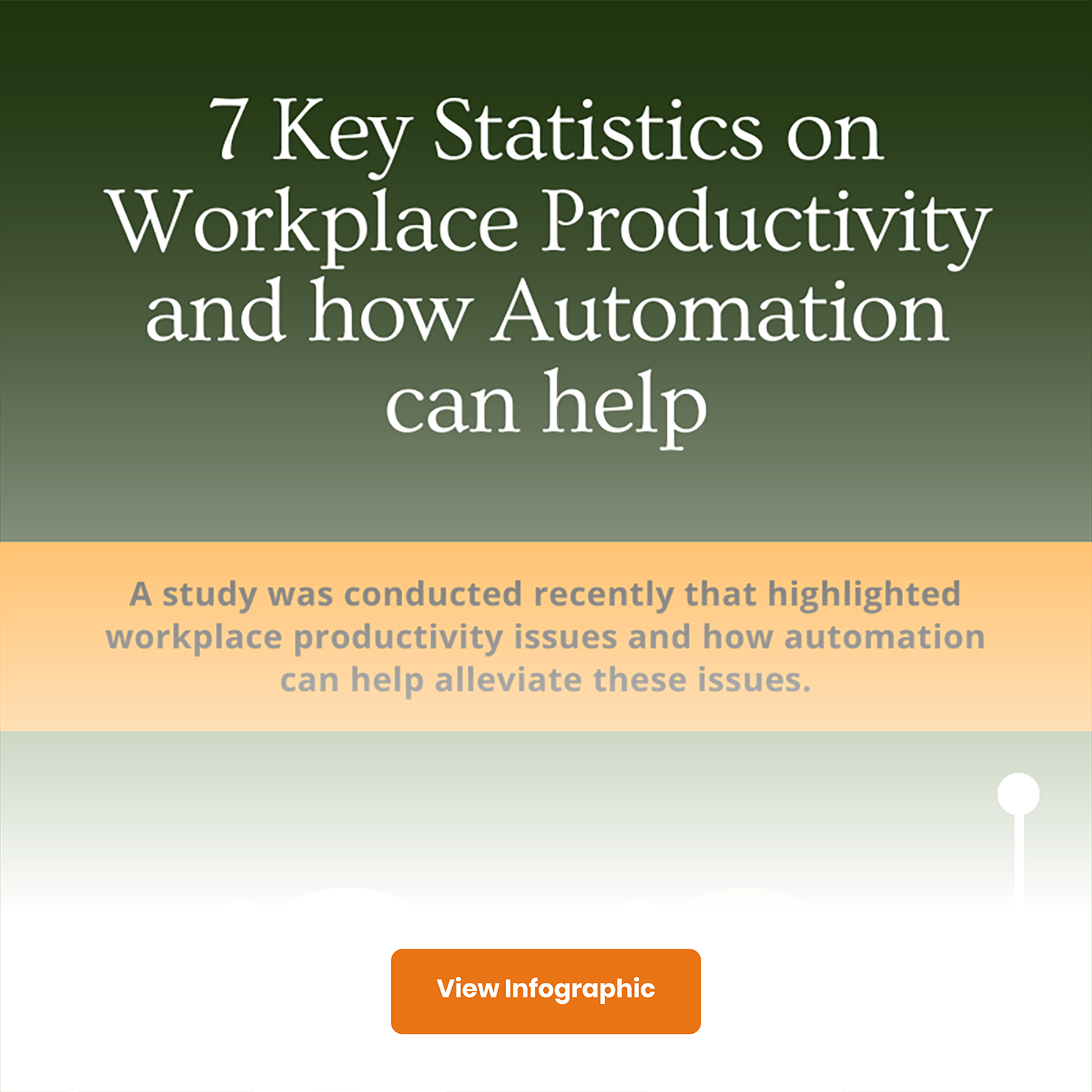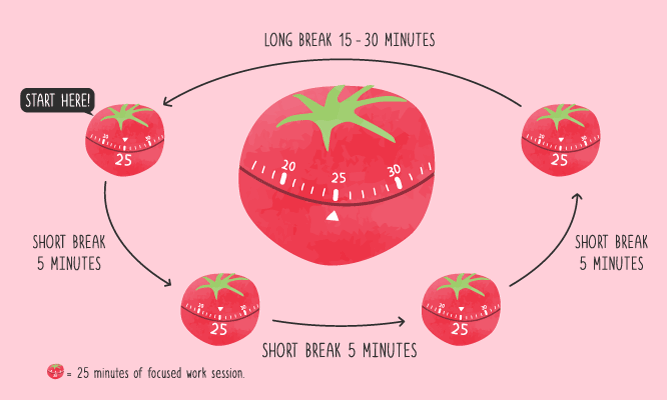
If you notice the first indications of poor time management in your organization, such as missed deadlines, tardiness to meetings, and subpar performance, it is time to act. However, it might not be best to make your employees sit through yet another lecture on the “importance of timekeeping.”
Instead, why not change things and follow task management activities that teach discipline and boost productivity? In this article, we will outline the necessity of utilizing time management activities for the workplace and offer a selection of the best actions and strategies to consider.
Why are Time Management Activities necessary?
Lack of time management skills in the project manager or employees can lead to reduced performance, delayed meetings, and, ultimately, resulting in procrastinating project delivery. And no such experience adds value to future projects. Right?
It is linked to productivity and focus. Improved productivity and renewed focus will help you and your team to accomplish your goals quickly and efficiently.
You can enhance management skills through these time management tips in the workplace. For this, use various time management strategies and exercises to show staff members how to stay focused, overcome boredom, and strike the right balance between work and life.
These activities in the workplace can be used for team-building, warm-up exercises, ice-breakers, or training exercises. Let’s move on to the top 21 interesting and effective time management activities to boost productivity.
Consequences of poor time management
Poor time management can have significant consequences, both in personal and professional life. Here are some of the key repercussions:
- Missed Deadlines: Failing to manage time effectively often leads to missed deadlines. This can harm your reputation at work, damage relationships with colleagues or clients, and result in negative consequences, such as lost opportunities or business deals.
- Increased Stress: It can lead to elevated stress levels when you consistently struggle to meet deadlines or accomplish tasks on time. Chronic stress can have detrimental effects on your physical and mental health, causing anxiety, burnout, and a reduced quality of life.
- Lower Productivity: Poor time management often means that you spend more time on less important tasks and less time on critical ones. This can result in reduced overall productivity, as you may find yourself working longer hours to compensate for inefficiency.
- Decreased Quality of Work: Rushing through tasks or trying to complete multiple tasks simultaneously due to poor time management can lead to a lower quality of work. Errors and oversights become more likely when you’re under time pressure.
- Procrastination: Procrastination is a common consequence of poor time management. When you postpone tasks until the last minute, it becomes challenging to produce high-quality work, and the stress of impending deadlines can be overwhelming.
- Impaired Decision-Making: Rushed decision-making is often a result of poor time management. When you don’t allocate enough time to analyze and consider your options, you may make impulsive decisions that you later regret.
- Strained Relationships: Poor time management can also affect personal relationships. If you’re frequently late for social events, meetings, or family gatherings, it can strain relationships and erode trust.
- Missed Opportunities: Poor time management can lead to missed career opportunities in the professional sphere. For instance, if you’re always late for meetings or fail to deliver on projects, you may not be considered for promotions or new responsibilities.
- Overwhelm and Burnout: Trying to juggle too many tasks at once or consistently working long hours to catch up on missed work can lead to burnout. Burnout is a state of physical and emotional exhaustion that can significantly affect your well-being.
- Financial Consequences: In some cases, poor time management can have financial repercussions. For example, missing bill payments or deadlines for financial transactions can result in late fees, penalties, or even legal issues.
- Lack of Work-Life Balance: Poor time management often means that work spills into personal time, making it difficult to maintain a healthy work-life balance. This can lead to dissatisfaction in both areas of life.
- Decreased Self-Esteem: Continuously failing to manage time effectively can harm your self-esteem and self-confidence. You may begin to doubt your abilities and feel a sense of inadequacy.
Poor time management can have far-reaching consequences that impact various aspects of life, from professional success and personal well-being to relationships and overall quality of life. Recognizing the importance of effective time management and taking steps to improve these skills can help mitigate these negative outcomes.
22 Smart Time Management Activities for Employees
1. The game of 60 seconds
Ask your participants to close their eyes and cover all the clocks in the space. Then, ask them to open their eyes and stand up when they think one minute is up. Each team member will stand up at different times because each person perceives the passage of time differently. Time management skills emphasize the subjective perception of time passing and the significance of using time management tools.
2. Practice your delegation skills
Imagine you have a new employee and an observer. Assign some of your tasks to the new employee. The delegator practices delegation and the observer have a sheet that helps them provide feedback on how well they did and what needs to be improved. This kind of scenario improves team coordination and management.
3. Overcoming Distractions
Productivity can be fatally affected by distractions. Did you know that an average employee is distracted at least 56 times a day?
In this activity, identify your distractions. Keep track of your time over a few days. Put all your distractions on paper, then develop a plan to overcome them. Doing this activity in the group, create a list of your distractions, then talk about solutions.

4. Time Squared
Take three pages containing 24 squares, each indicating the 24 hours of the day. Participants fill the first page with the routine tasks they complete each day. The second page is for the time they spend working that is unproductive. They combine the contents of the first two pages into the third page. The remaining time can be used productively.
5. Jigsaw Puzzles
Divide teams and provide jigsaw puzzles to each team. Allow some teams to see the anticipated image on the puzzle box while requiring the other teams to finish their puzzles without using the expected image as a guide. Once all teams have finished putting their puzzles together, consider how long it took them, how challenging it was, and why. Your team members will probably observe that knowing the intended outcome of the puzzle makes it simpler for them to put the pieces together. Same way, focusing on the scope of your mission will enhance productivity.

Also Read: Literally the Best Google Chrome Extensions for Productivity
6. Sort the cards
Divide the group into various teams for this activity. Each team receives a deck of cards, which they must arrange as quickly as possible in the specific order you specify (a competition between teams). They will have five minutes to plan and practice before engaging in three rounds. This exercise emphasizes the value of preparation, strategy, and effective task delegation.
7. Pomodoro
The Pomodoro is a widely known and used time management activity for students, employees, and perfectionists. Millions of people swear by its life-changing power.
The Pomodoro technique involves four cycles, each of 30 minutes. Each cycle is divided into 25 minutes of work and a 5-minute break. After completing the four cycles, take a long break of 20 minutes. Repeat the process until the end of the tasks. This is one of the effective time management skills for planning, avoiding distraction, stress management, and setting priorities.

8. Kanban
Divide your task into four sections as follows:
- Backlog: This is where you brainstorm and list all of your tasks. Then you choose which tasks to move to the To Do column and which ones can wait their turn.
- To-Do List: You’ll work on the items in the To-Do section.
- In-progress: These are the projects you currently have in progress.
- Completed — Tasks you’ve completed.
9. Circadian Rhythms
Each participant in this time management activity has a paper with hourly blocks. They list the energy state they are in at that moment.
Are they, for instance, “on fire,” “at 70%,” “slowing down,” and so on? The idea is to make people more aware of their highs and lows to make better use of their time.
10. Schedule Your Priorities
A list of tasks, each worth a different number of points, is presented to you in this activity.
The group is divided into teams, and each team has 10 minutes to complete its assigned tasks. You then add up the points. After that, you talk with them about their prioritization process.
Also Read: Best Productivity Tools to add more hours to your day!
11. Changing Poor Habits
This activity requires the group to work in pairs. On a piece of paper, each person writes what prevents them from using their time more wisely.
The two then collaborate to develop answers. You can then turn it over to the group one at a time. This will enable your team to evaluate the habits that are stopping them from achieving their goals.

12. Timeboxing
- Make a list of all your tasks.
- Establish your goals and decide what you want to achieve with these tasks.
- Give a task more time if it’s important (for example, 1 or 2 hours).
- To make a difficult task easier to manage, divide it into smaller parts and give each a shorter period (for instance, 20 to 30 minutes).
- Stop working on a task when the allotted time is up.
- Go on a break.
- Review the task.
Also Read: The Top 7 Causes of Low Productivity Levels
13. Inbox-Zero
To reach Inbox-zero:
- Allot time to email management and stick to that time.
- Respond to important emails.
- Mark “needs a response” for the important ones that require time.
- Delegate some emails to other team members.
- Delete or archive old and unwanted mail.
14. Ace of Spaces
There are two volunteers and two decks of cards available for this activity. The two volunteers compete to see who can locate the Ace of Spaces first. The first deck is arranged in order, while the second deck is mixed up. The idea is to demonstrate how time management and productivity can be impacted by sorting.
15. The Ribbon
The ribbon’s length stands in for our lives. You cut off sections of the activity at various points to represent our vacation days, sleeping hours, eating hours, sick days, and so forth.
You end up with a ribbon that is considerably shorter than we anticipated. It demonstrates how crucial it is to make the most of our time.

16. Profitable Task
Everybody divides their activities into profit and cost centers. They then concentrate on devoting their time to the most valuable pursuits. This will help employees to introspect and understand the depth of each task that they are performing on a day-to-day basis.
The value that comes out of this activity can do wonders for any business. For example, with this activity, employees will focus and devote more time to tasks that matter the most.
17. What I Did Yesterday
Each person lists 10 things they did the day before. Then, on another piece of paper, they list five topics they anticipate talking about during their upcoming performance review. Then, they examine both papers to determine whether the tasks they were given matched the criteria for their performance review.
Also Read: 50+ Powerful Employee Productivity Statistics that will make you think
18. The value of 86,400
You can give each person $86,400 to spend or have the team decide how to spend the money together using a flipchart or paper. They are only required to use it all in one day or risk losing it. It cannot be saved. A day consists of 86,400 seconds. We lose what we don’t invest wisely. Time cannot be put aside for later.
19. The Mayo Jar
You have a few large rocks, smaller rocks, gravel, sand, water, and an empty jar. How much of the other items you can put in depends on what you put in first. Nothing will fit (except for some water) if you put the sand in first, but if you start with the big rocks (the most crucial tasks), you can fit some of everything.
20. The Productivity Journal
The Productivity Journal is somewhat like a regular journal, with the exception that you mostly record your actions in it—activities you can finish and then reflect on.
- Note your ideas and work-related thoughts.
- Record all the tasks you have finished in a day.
- List all the tasks you would tackle the following day.
Also Read: Workplace Productivity: What is it and how to measure it?
21. Line Up
Ask your team members to stand in a line according to some criterion example, height. Ask them to do it without using words. When they are finished, you can ask them to share their experience and what was challenging about this activity. Now ask them to line up again based on their birthdays; you can now ask them to use communication. At the end of the activity, ask your staff which was easier and why. This activity can help them realize the value of effectively using all resources for communication.
22. Limit Multitasking
One of the top things that people usually do when trying to achieve a lot in a shorter period of time is multitasking. The thing is multitasking is never going to help you achieve high in less time, in fact, it will do the exact opposite. So if you want to achieve more in less time, do one thing at a time. Learn more about the phrase called “Eat that Frog” and go on with achieving the highest productivity for your day.
Overcoming Obstacles: Implementing Effective Time Management
Implementing time management activities in the workplace can face challenges, including:
- Resistance to Change: Employees may resist new practices.
- Time Constraints: Finding time for activities can be difficult.
- Lack of Engagement: Some may not fully engage.
- Team Dynamics: Conflicts can arise in group activities.
- Overloading: Too many activities can overwhelm.
- Lack of Clear Goals: Objectives need to be clear.
- Sustainability: Maintaining new habits long-term can be a challenge.
- Resistance to Tracking: Some may find tracking tedious.
- Inadequate Training: Proper training is essential.
- Competing Priorities: Urgent tasks may take precedence.
- Lack of Management Support: Manager support is crucial.
- Measurement and Accountability: Fear of scrutiny may hinder participation.
To overcome these challenges:
- Communicate Clearly: Explain the purpose and benefits.
- Introduce Gradually: Implement activities gradually.
- Customize: Tailor activities to individual preferences.
- Provide Training: Offer comprehensive training and support.
- Involve Management: Encourage manager support and leadership.
- Flexibility: Allow flexibility in implementation while achieving results.
Addressing these challenges can lead to successful time management integration.
Applying gamification to everyday tasks
Time management activities listed above and so many available can be used as a fun team-building exercise. Currently, when half of your workforce is working from home, playing these time management activities online can include activities mentioned above that can also help you generate true value from your workforce.
Tools for Effective Time Management
Top 7 time management and productivity tools, including Quixy:
- Trello: A visual project management tool using boards, lists, and cards.
- Asana: Helps teams manage tasks and projects with features like task assignments and due dates.
- Monday.com: A versatile work operating system for managing projects and workflows.
- ClickUp: A customizable project management and productivity platform.
- Quixy: A powerful no-code platform for building custom applications and automating workflows.
- Notion: A versatile workspace for notes, databases, wikis, and project management.
- Airtable: A flexible database tool with spreadsheet-like capabilities for data management.
These seven tools offer a comprehensive suite of features to help individuals and teams effectively manage their time, tasks, projects, and data. Quixy is one of the standout options for building custom applications and streamlining workflows.
Conclusion
Numerous fun activities for time management can help you understand the importance of time and effort. These time management activities can help your organization and its employees to achieve their goals with the right efforts.
Moreover, these time management activities for the workplace will enhance planning, improve productivity, and bring coordination. Plus, these will promote team-building and meeting deadlines. Utilize them and alter them as necessary.
Frequently Asked Questions (FAQs)
How can time management activities benefit a team’s productivity?
Time management activities help teams prioritize tasks, set goals, and allocate time effectively. By enhancing planning and organization skills, teams can minimize distractions, meet deadlines, and accomplish more in less time. This leads to increased productivity, improved efficiency, and a sense of achievement among team members.
What are some effective time management techniques for teams?
Effective time management techniques for teams include setting clear goals and priorities, creating schedules or calendars, utilizing task management tools, implementing the Pomodoro Technique (working in focused bursts with short breaks), delegating tasks, avoiding multitasking, and conducting regular progress reviews and adjustments.
Are there any time management activities suitable for remote or virtual teams?
Yes, remote or virtual teams can benefit from various time management activities. Some examples include establishing clear communication channels, using collaboration tools for task tracking and progress updates, setting boundaries between work and personal time, encouraging regular breaks and physical activity, and promoting self-discipline and time-blocking techniques.
How can time management activities improve team collaboration and communication?
Time management activities promote effective collaboration and communication by providing structure and clarity. By setting deadlines, defining roles and responsibilities, and establishing regular check-ins or meetings, team members can align their efforts, share progress updates, address challenges, and ensure everyone is on the same page, fostering collaboration and enhancing communication within the team.
What are examples of time management activities for work-life balance?
Examples of time management activities that promote work-life balance include encouraging flexible working hours, setting boundaries on after-work communication, promoting breaks and time-off, organizing team-building activities, fostering a supportive and positive work environment, and providing resources or workshops on stress management and self-care.
Login
Please login to comment
0 Comments
Oldest















